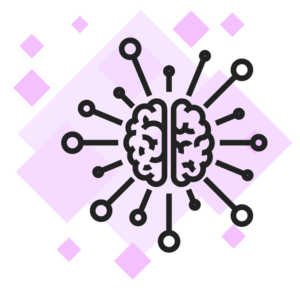NXP has made Facebook’s Glow Neural Network compiler available through its own eIQ Machine Learning Software Development Environment. The integration will create a dramatic performance increase for developers that use Glow in conjunction with NXP’s i.MX RT series of crossover MCUs in edge devices.

Glow is an open source platform that optimizes the code of a neural network to reduce the computational load and improve performance. NXP specifically highlighted its utility in voice and vision-based machine learning applications, claiming that Glow will be two to three times better in devices with an i.MX RT685, i.MX RT1050, or i.MX RT1060 MCU. The company leveraged Arm Cortex-M and Cadence Tensilica HiFi 4 DSP operator libraries to generate those results.
“By using purpose-built software libraries that exploit the compute elements of their MCUs, NXP has demonstrated the benefits of using the Glow NN compiler for machine learning applications, from high-end cloud-based machines to low-cost embedded platforms,” said Facebook Software Engineering Manager Dwarak Rajagopal.
“The addition of Glow support for our i.MX RT series of crossover MCUs allows our customers to compile deep neural network models and give their applications a competitive advantage,” added NXP SVP and General Manager Ron Martino.
The eIQ Environment is available through NXP’s MCUXpresso SDK. The company is hoping that the new utility will help meet the rising demand for face and voice recognition technology, noting that there will be as many as 25 billion devices with machine learning capabilities in circulation by 2025.
Facial recognition is expected to become particularly popular in the next few years, largely because COVID-19 has encouraged people to prioritize contactless authentication options. Adroit has previously predicted that the facial recognition market will hit $12 billion in the next five years, although that number was generated prior to the pandemic.
NXP, meanwhile, recently released new i.MX RT106L and i.MX RT106F MCUs, which are geared towards voice and facial recognition, respectively.

Follow Us